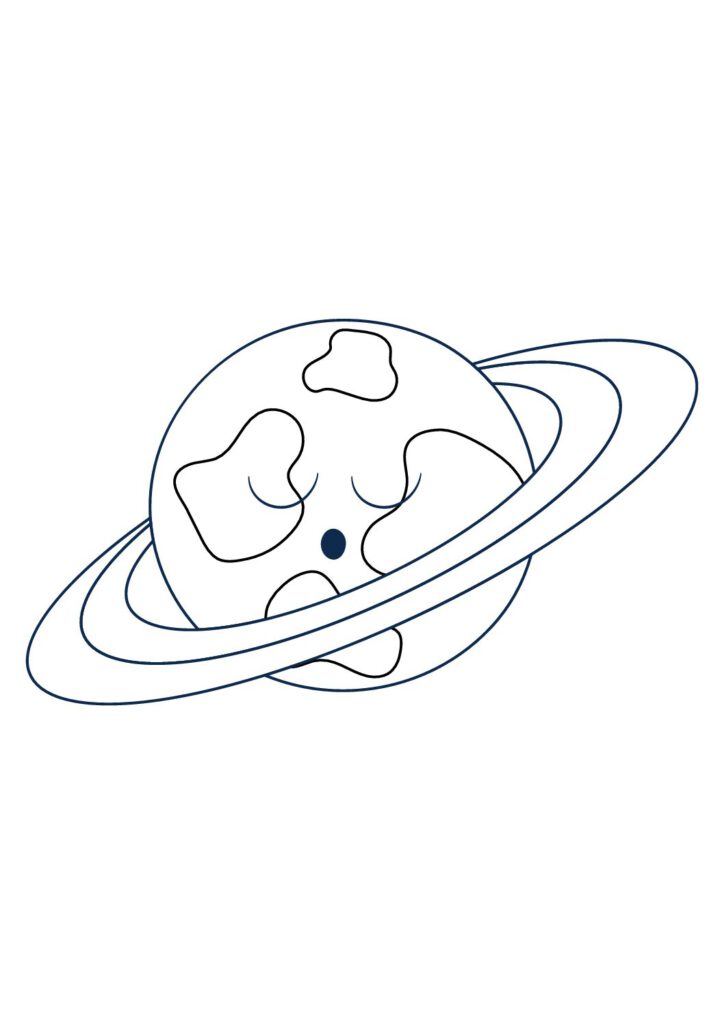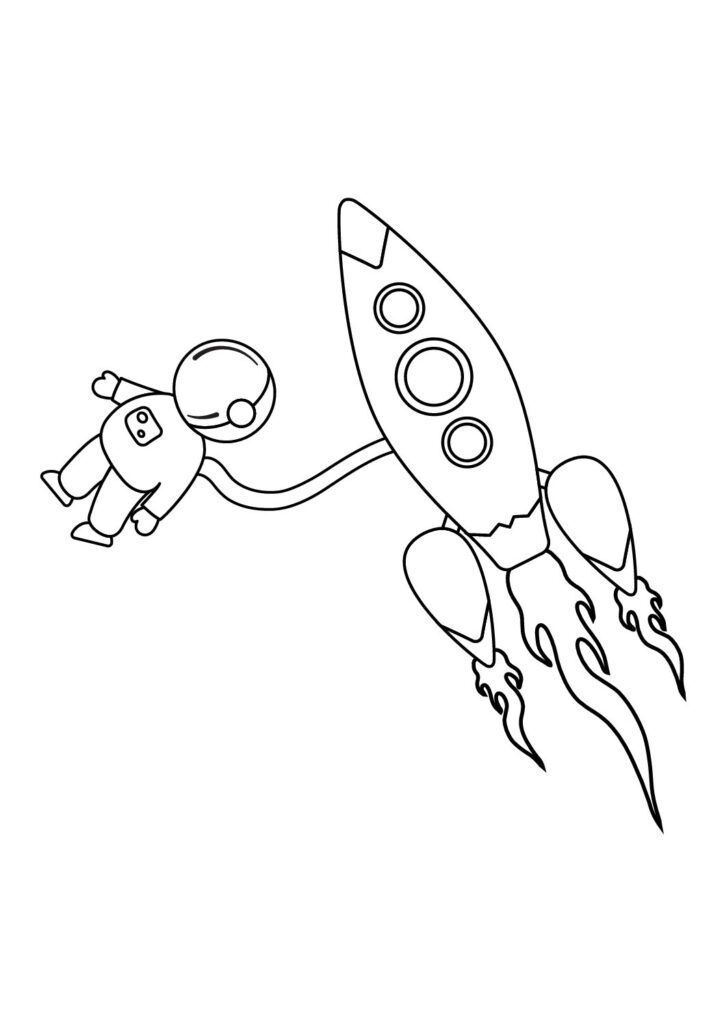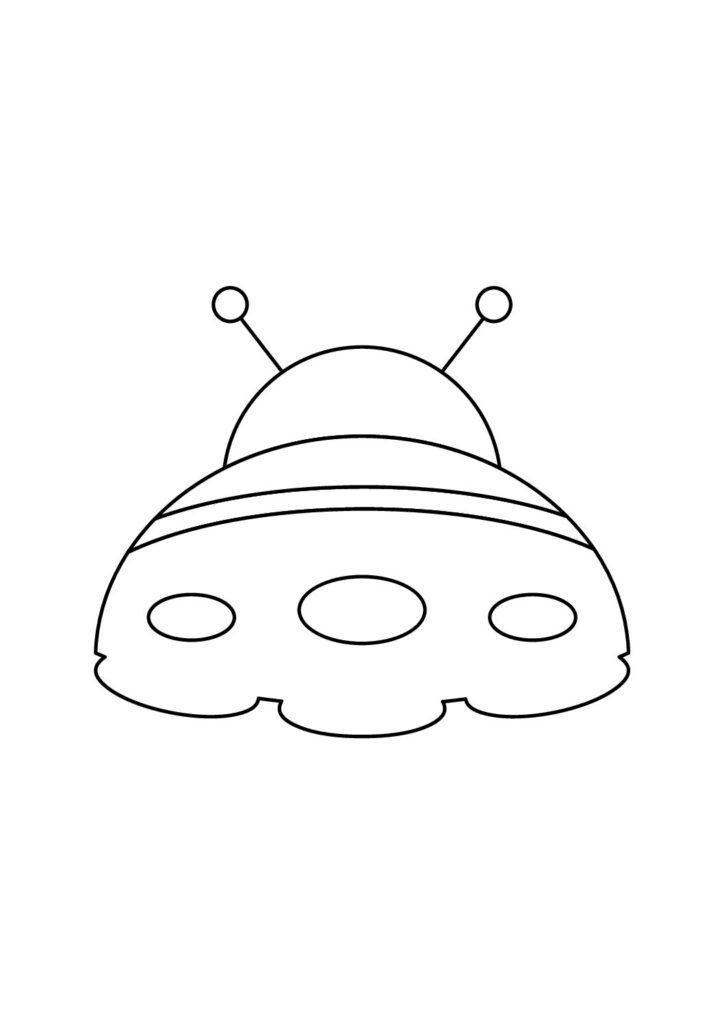Space Coloring Pages

Blast off into space with our free printable astronaut and galaxy coloring pages! Download detailed sheets featuring space shuttles, planets, stars, astronauts, and the solar system. Perfect for kids and space enthusiasts, these cosmic coloring pages bring NASA-inspired adventures to life. Each printable space page invites young explorers to create their own stellar masterpieces!
Extraordinary Space Facts: The Ultimate Guide to Our Cosmic Frontier
Introduction
Space represents humanity’s ultimate frontier—a vast cosmic wilderness comprising everything beyond Earth’s atmosphere, from our nearby lunar companion to distant galaxies billions of light-years away. This immense realm, containing hundreds of billions of galaxies each housing hundreds of billions of stars, presents an essentially infinite landscape for exploration and discovery that continues revealing extraordinary phenomena challenging our understanding of physics, chemistry, and even the fundamental nature of reality itself.
Cosmic Scale
The observable universe extends approximately 93 billion light-years in diameter, containing an estimated 2 trillion galaxies based on the most recent calculations from deep field observations. Our home galaxy, the Milky Way, measures approximately 100,000 light-years across while containing 100-400 billion stars and potentially billions of planets, yet represents just a tiny fraction of the observable universe, demonstrating the truly incomprehensible scale of cosmic space that extends far beyond human visualization capabilities.
Black Hole Mysteries
Black holes represent some of space’s most extreme phenomena—regions where gravity becomes so intense that nothing, not even light, can escape once crossing the event horizon. The supermassive black hole at our galaxy’s center, Sagittarius A*, contains approximately 4 million solar masses compressed into a space smaller than our solar system, while the first directly imaged black hole in galaxy M87 contains a staggering 6.5 billion solar masses. Recent discoveries indicate these cosmic monsters may play crucial roles in galaxy formation and evolution rather than simply consuming surrounding matter.
Exoplanet Diversity
Space exploration has revealed extraordinary planetary diversity beyond our solar system, with over 5,000 confirmed exoplanets identified since the first discovery in 1992. These distant worlds include “hot Jupiters” orbiting closer to their stars than Mercury, potentially habitable super-Earths, planets orbiting multiple stars simultaneously, and even rogue planets wandering through interstellar space without host stars. The TRAPPIST-1 system alone contains seven Earth-sized planets orbiting a small red dwarf star, demonstrating the remarkable prevalence of planetary systems throughout our galaxy.
Exploration Achievements
Human space exploration has achieved remarkable milestones despite operating in cosmic terms for mere moments. From Yuri Gagarin’s first human spaceflight in 1961 to the International Space Station’s continuous human presence since 2000, space agencies have expanded human reach beyond Earth while developing technologies with extensive terrestrial applications. Robotic exploration has proven even more extensive, with rovers exploring Mars, probes sampling asteroids, and instruments like the James Webb Space Telescope peering toward cosmic dawn to observe the universe’s first galaxies forming shortly after the Big Bang.
Extreme Physics
Space contains physical environments impossible to replicate on Earth, from neutron stars rotating hundreds of times per second with magnetic fields trillions of times stronger than Earth’s, to the vast cosmic web of dark matter and energy comprising approximately 95% of the universe yet remaining largely mysterious to current physics. Cosmic phenomena regularly challenge established understanding, with recent gravitational wave detections confirming Einstein’s century-old predictions while simultaneously revealing unexpected characteristics of neutron star collisions and black hole mergers occurring across cosmic distances.
Future Prospects
Humanity stands at the threshold of new space exploration capabilities through both government programs and private ventures developing technologies for sustainable lunar presence, potential Mars settlement, and enhanced deep space observation capabilities. The Artemis program aims to return humans to the lunar surface while establishing permanent infrastructure, commercial space tourism has begun limited operations, and next-generation telescopes promise to examine potentially habitable exoplanet atmospheres for biosignatures that could provide evidence of extraterrestrial life—potentially answering one of humanity’s most profound questions about our cosmic uniqueness or commonality.









